It can feel overwhelming when you sit down to plan out a course and look at how much content you have to create, but it doesn’t have to be. Before you start work on a new course, think about all of the work and content you have already created in the past, could some of it be repurposed to contribute to the work you’re doing right now?
What Content Do You Already Have?
A few years ago when I was teaching podcasting online, I put together a series of e-books laying out a checklist of the best audio gear to purchase for creating a podcast. That self same e-book is relevant to course creators too who also have a need for recommendations for things like microphones, audio editing software and such like and the equipment I was recommending previously is just as relevant today.
So I pulled up the old word documents that I’d created for my previous course, gave them a quick re-brand and makeover, checked over any links that might have needed updating and hey presto I’ve just saved myself hours of design and formatting time had I started a new e-book from scratch.
Maybe you’ve got some hidden gems of content squirreled away on your hard drives that you’ve created from a previous course launch, could you offer these as bonuses for your next course launch, could you resurrect them as a lead magnet or introductory course that could bring in leads for your current courses , maybe you could repurpose them for some additional youtube videos to attract new viewers, or simply have them transcribed and use them as a blog post.
Creating content takes a lot of effort, so always make sure that you’re keeping track of what you have in your library because lots of it can probably be repurposed in multiple ways in the future, saving you lots of time.
Use tools like Trello, Asana, Google Sheets, Airtable or just a simple word document to make a note of things you work on, and what sort of topics they include. By making it a habit to write down the things you work on, as you build a library of content you’ll be able to go back and search through that document tlo find potential items to repurpose or transform into another format.
As an example of this, when working on lessons for a new course, I’ve found a previous webinar session recording that includes a great interview with a guest talking about an example of the topic I’m teaching. I’ve picked out 30-60 seconds from the webinar interview, and included that in the lesson I’m recording with a short introduction along the lines of ‘last year I interviewed X about Y, and here’s why he thinks it’s a great idea’. This kind of repurposing is a great way to mix up your lessons and break up long lessons of you just teaching something.
If you run a podcast alongside your courses for example, plunder your archives for useful snippets you can use in your courses to illustrate what you’re teaching. Got a great blog post that you can repurpose as a PDF download as a bonus for your post. Just because you’ve published something before, doesn’t mean you can’t use it again.
How Can You Keep Track Of Your Content?
File all the content you create somewhere in an archive, preferably on an external disk or on an online drive like Google Drive or dropbox rather than your computer’s hard drive so that if you ever have to change computers you don’t have to keep transferring it somewhere else. Keeping it in the cloud is a good idea if you move around a lot, otherwise just get yourself an external SSD drive and create a good folder structure for your content there. I’ve got a 4 terabyte drive that stores every piece of content I’ve ever created in the last 10 years – and I can tell you that’s nearly full!
Use task management tools like Notion, Evernote, Miro, Trello or just a simple Google Doc to organise details of your content and organise it into project lists. Make notes about your content, where it might be useful for repurposing, and creates tags in your notes with various categories if your task management software supports this.
how are you keeping track of all of the content you create, how are you repurposing your content – got a question, let us know!




